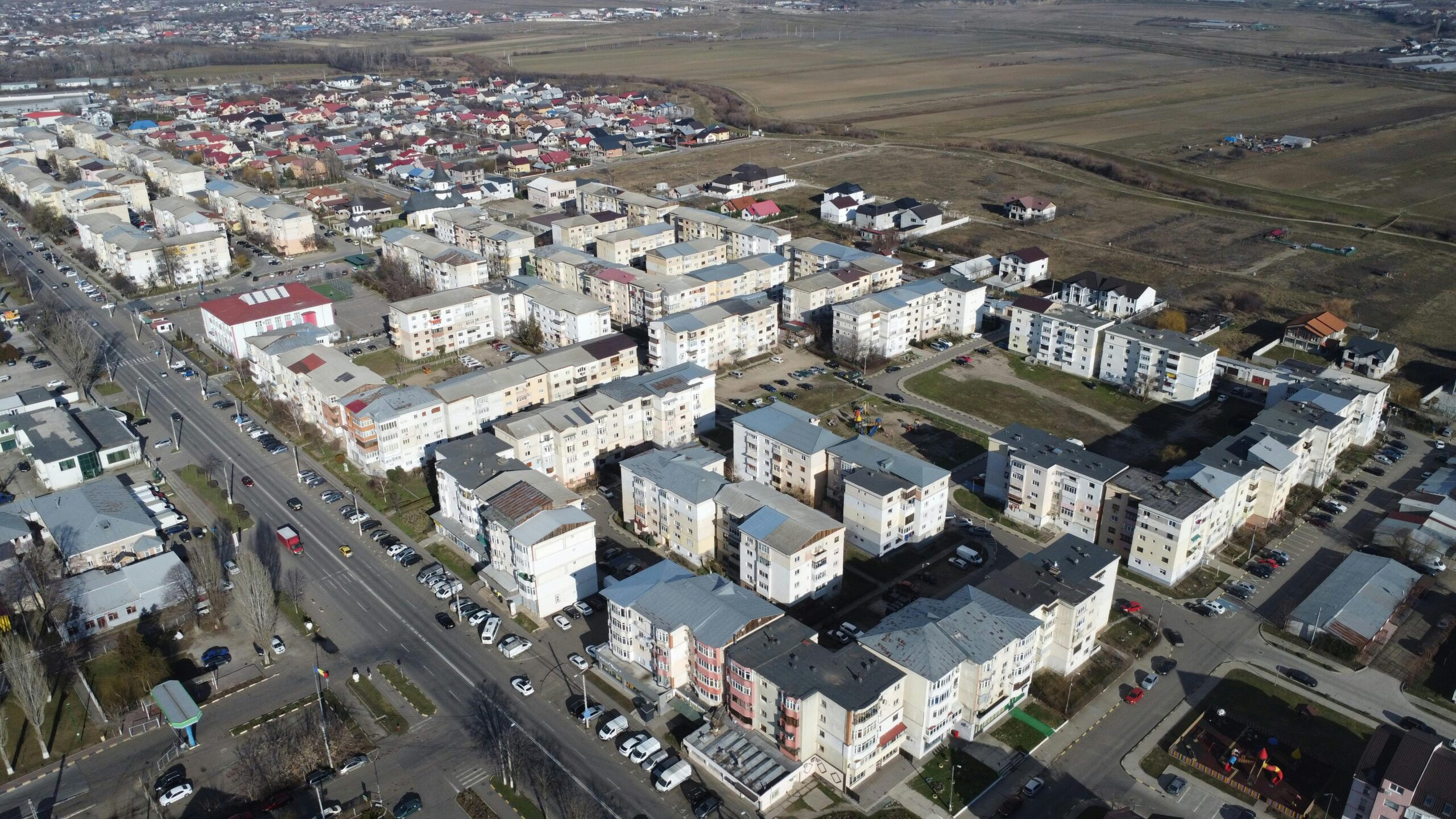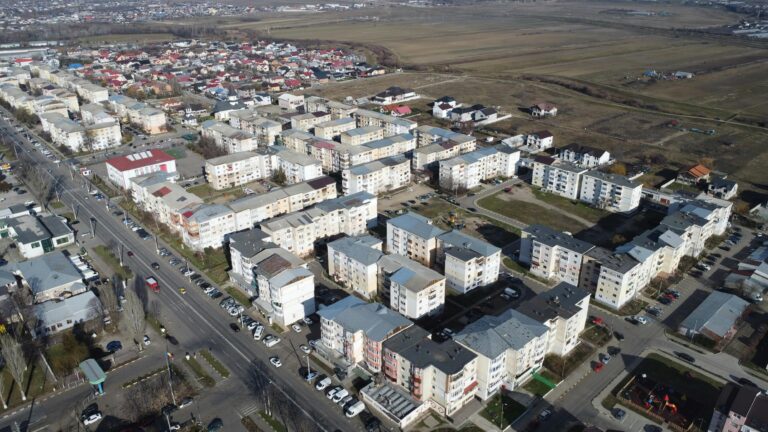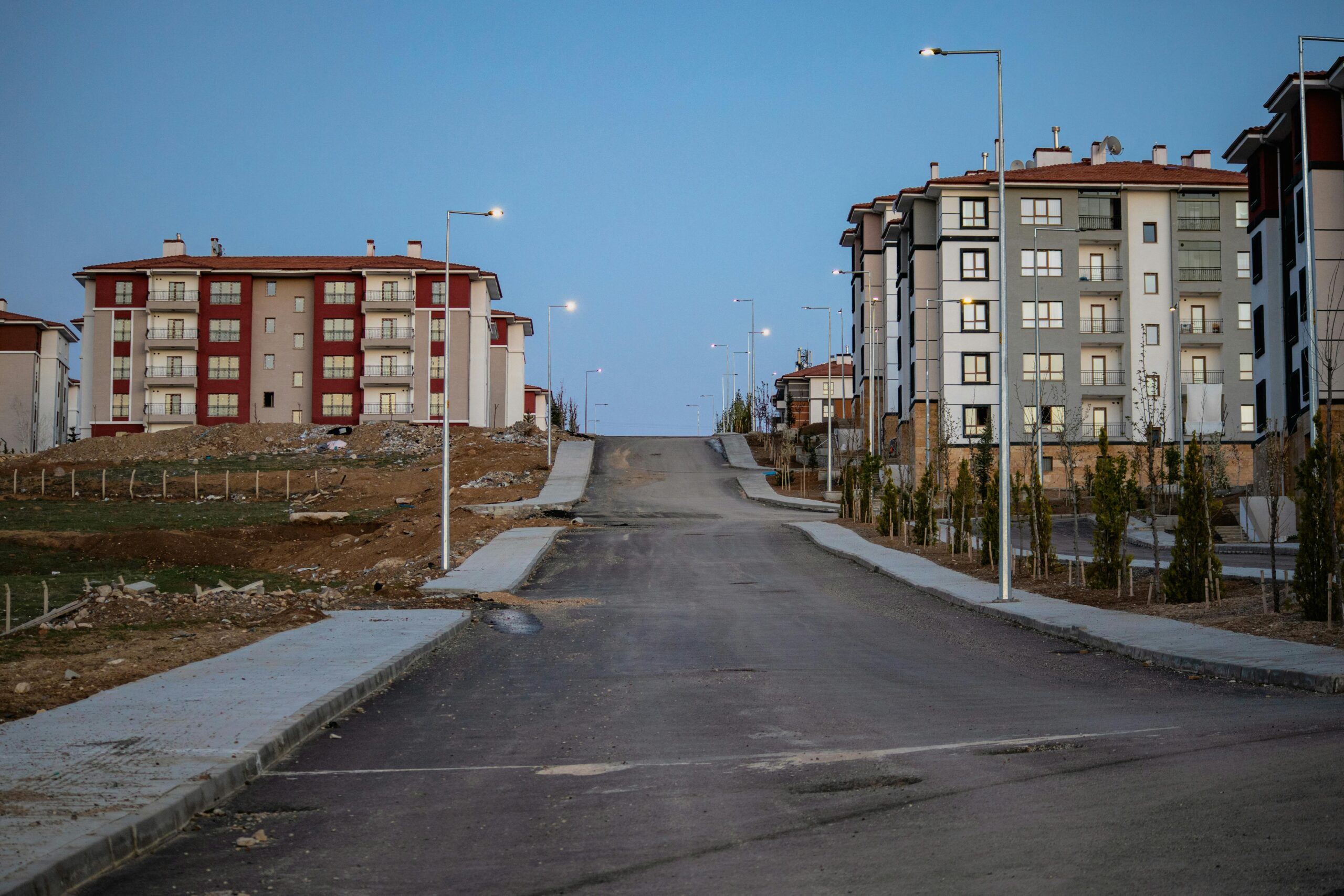The direction of federal housing policy is once again undergoing a significant transformation. The Department of Housing and Urban Development (HUD), now under the leadership of former Opportunity Zone advocate Scott Turner, appears poised to pivot toward a market-driven, investment-focused approach to housing, with less emphasis on traditional public housing support and more attention on revitalization through private capital—especially via Opportunity Zones.
While these strategies promise economic development and innovation in underserved areas, critics warn they may leave behind the lowest-income Americans who depend on HUD’s public housing and voucher programs. As the Trump administration lays out its housing agenda, the country finds itself at a crossroads: Is this truly a new era for public housing and Opportunity Zones, or a step backward in addressing America’s affordable housing crisis?
A Shift in Philosophy: From Direct Aid to Private Incentives
During Trump’s first term, HUD’s philosophy shifted away from federal support for public housing and toward empowering the private sector to drive growth. In his second term, that trend is accelerating.
Rather than expanding funding for public housing infrastructure or Section 8 vouchers, the administration has signaled its intent to streamline HUD’s role, focusing on economic development tools like Opportunity Zones, deregulation of housing development, and encouraging self-sufficiency among aid recipients.
One of the administration’s first moves was a freeze on more than $1 billion in HUD funds for new affordable housing projects and vouchers, pending a program audit and strategic review. Officials claim this review aims to reduce inefficiencies and abuse, but affordable housing advocates argue it puts tens of thousands of low-income families in limbo.
This signals a key reality under Trump 2.0: the government may be stepping back from direct housing assistance in favor of policies that incentivize market-based solutions.
The Rise (Again) of Opportunity Zones
Opportunity Zones (OZs), one of Trump’s hallmark economic development programs from his first term, are making a comeback. These zones offer tax incentives to investors who deploy capital in designated low-income areas, with the goal of spurring private development, job creation, and economic activity.
Now, under HUD Secretary Scott Turner—who previously served as Executive Director of the White House Opportunity and Revitalization Council—Opportunity Zones are back in the spotlight. Turner has promised a “second wave” of Opportunity Zone reform, focusing on:
-
Expanding the program’s footprint to include new areas hit hard by post-COVID economic shifts.
-
Improving transparency and accountability by requiring developers to report on community impact.
-
Encouraging mixed-income housing and small business support within the zones.
In a recent statement, Turner noted, “We’re not just investing in real estate—we’re investing in people. Opportunity Zones can be the gateway to generational wealth and neighborhood transformation.”
While OZs have already drawn billions in capital since their creation in 2017, critics argue the benefits often miss the communities most in need. Without strict affordability requirements or community safeguards, some projects have prioritized high-end development that displaces longtime residents.
Still, proponents believe a retooled Opportunity Zone strategy could unlock new potential in underdeveloped regions, especially if paired with supportive services like job training, housing assistance, and small business incentives.
Public Housing: Cuts, Conditions, and Challenges
While Opportunity Zones attract headlines, the public housing sector is facing a more precarious future under the Trump administration.
Already underfunded and in disrepair in many cities, public housing agencies (PHAs) across the country are bracing for:
-
Reduced federal support for capital improvements to aging public housing infrastructure.
-
Stricter eligibility requirements for housing assistance, including new employment and residency conditions.
-
A renewed focus on the “rent reform” concept—encouraging residents to transition out of public housing over time, instead of receiving indefinite assistance.
The administration argues these policies will encourage economic mobility and reduce dependency on government programs. But housing experts caution that without meaningful investments in affordable units and tenant protections, such measures could lead to evictions and homelessness for vulnerable populations.
The rollback of the Affirmatively Furthering Fair Housing (AFFH) rule—a regulation designed to combat racial segregation in housing—is another major point of concern. HUD under Trump has essentially dismantled the rule, removing federal pressure on local governments to expand affordable housing in wealthier neighborhoods.
FHA and Homeownership: A Changing Landscape
Trump’s HUD is also revisiting the Federal Housing Administration’s (FHA) lending criteria, particularly around immigrant eligibility. In 2025, new rules went into effect restricting FHA-insured loans to U.S. citizens and lawful permanent residents, excluding DACA recipients and other non-citizens who had previously qualified.
While the administration frames this as a necessary move to protect taxpayer-backed loans, it could cut off access to homeownership for thousands of first-time buyers, particularly in immigrant-rich communities.
At the same time, HUD is exploring ways to expand homeownership among veterans, rural Americans, and opportunity zone residents, aligning with the administration’s goal of building “economic independence through ownership.”
What This Means for States and Cities
One major consequence of the Trump administration’s hands-off approach to public housing is a growing burden on local governments. As federal support shrinks or becomes conditional, cities and states are left to fill the gaps.
This shift could lead to:
-
Increased pressure on municipal budgets to fund affordable housing.
-
Greater reliance on public-private partnerships to deliver mixed-income developments.
-
Wider disparities between progressive cities that choose to invest in housing and conservative states that prioritize deregulation.
In response, some cities—like Los Angeles, New York, and Seattle—have begun raising local funds through bond initiatives or new taxes to support affordable housing construction. But in less resourced communities, the loss of federal support may lead to housing shortages, longer voucher waitlists, and rising homelessness.
The Road Ahead: Opportunities and Risks
HUD under Trump is ushering in a new era—one that prioritizes investment over direct assistance, and private enterprise over public programs. Whether this era leads to revitalized communities or deeper inequality will depend on how these policies are implemented—and who they are designed to serve.
Potential Upsides:
-
Revamped Opportunity Zones may drive targeted investment into long-neglected neighborhoods.
-
Deregulation could make it easier to build housing more quickly and cost-effectively.
-
Homeownership initiatives could expand access for select populations.
Potential Risks:
-
Cuts to public housing and vouchers could deepen the housing crisis for low-income Americans.
-
Deregulation without equity measures may increase displacement and segregation.
-
Over-reliance on private capital could prioritize profit over community need.
The Trump administration’s second term presents a stark shift in HUD’s role and priorities. With a focus on investment-driven development, Opportunity Zones, and deregulation, HUD is embracing a philosophy that champions economic opportunity—but may leave the nation’s most vulnerable renters without a safety net.

For housing advocates, city planners, and real estate developers, the coming years will be a critical test: Can private investment truly replace public support in solving America’s housing crisis—or will it create new divides in an already unequal landscape?
Only time—and the lived experiences of families on the ground—will tell.






